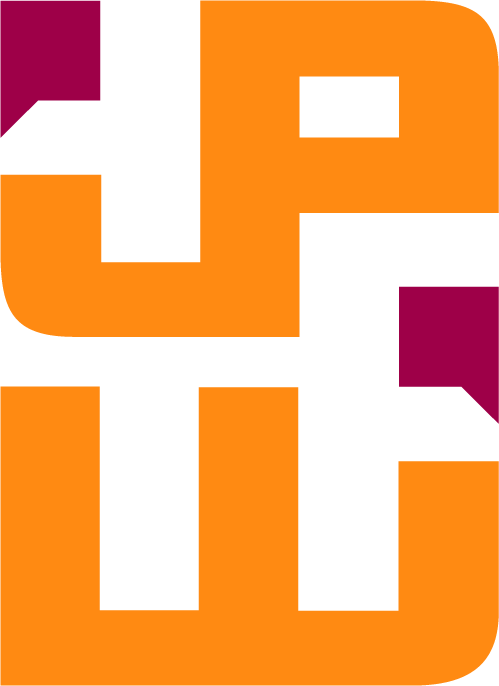Rules of (public) engagement
BY SUSANNE BANKHEAD
Back-to-school season is here, marked by the “changing of the aisles” at retailers, last minute vacations, and the much-awaited arrival of the Starbucks #PSL.
At JPW, we’re taking inspiration in this season and learning new ways to clarify public engagement for our government agency partners, at a time when it’s needed the most.
According to the 2024 Edelman Trust Barometer findings, trust in government is at an all-time low, due to widespread misinformation and disinformation. With the fall election approaching, building and maintaining public trust through meaningful engagement is more important than ever.
In this blog, we’ll explain the differences between public information and public engagement, explore the IAP2 Spectrum of Public Participation, and share practical tips from leading government agencies.
Grab your notebooks, as we dive in!
Why Public Engagement?
According to the Institute for Local Government, public engagement stands as a powerful tool for government agencies to:
Increase and restore trust
Combat misinformation and disinformation
Foster more inclusive and equitable decision making
Improve outcomes and policy decisions
Create stronger relationships with the community
But what exactly is public engagement? And how is it different than public information?
Public Engagement vs. Public Information
Let’s start by clearing up this common misconception. Public information and public engagement are not the same.
Public information is one-way communication where the government agency informs the public about projects or policies. It’s useful when decisions are already made and input won’t change the outcome.
Public engagement, however, is a two-way conversation. The government agency not only informs the public but also actively seeks their input and feedback. This approach involves a complete feedback loop, showing that public input is heard and can influence decisions.
How do you know when public information or public engagement is needed?
The IAP2 Spectrum
Allow us to introduce you to the IAP2 Spectrum. The spectrum is an excellent tool to help your organization determine the role the public’s input will have on the decision you’re making. The spectrum includes five levels of participation: inform, consult, involve, collaborate and empower. Understanding where your project falls on this spectrum is essential for setting clear engagement goals and expectations.
It might surprise you, but in our experience, the hardest part of this process for public agencies is getting the internal team on the same page before engaging external audiences. In fact, it can feel a lot like this…
Pictured above: Actual footage of an internal project planning trying to establish an engagement goal for a project. It’s only funny because it’s true!
How To Herd These Cats
Here’s a few quick tips for herding the cats and establishing a public engagement goal for a project with your internal team.
Host discovery session with team: Start with an internal discovery to align on engagement goals. Are you informing the public or consulting for input? WARNING: This process may take several sessions to reach consensus, but it’s crucial for clarity and alignment.
Define “what’s in/what’s out”: Clearly outline which project decisions are open for public input and which ones are not. This helps manage public expectations effectively from the beginning.
Move beyond the shiny object syndrome (SOS): Focus on a smart strategy rather than single tactics (or shiny objects!) like a public meeting or a new online engagement platform. Clarify what your agency hopes to achieve from using these tactics in the engagement process first before launching them.
Provide staff with clear guidelines: Public engagement decisions are not black and white, but instead include shades of gray. Develop clear internal guidelines and identify key decisions points in the project planning process where public input is needed. Engage the community early and often throughout the process to ensure meaningful involvement from the beginning.
Several cities, including JPW client partner City of San Luis Obispo, are leading by example with clear guidelines for internal staff on when and how to engage their external audiences on key agency decisions.
City of San Luis Obispo: Public Engagement Noticing Manual
City of Carlsbad: Public Engagement Policy
City of Fort Collins: Public Engagement Guide
City of Pittsburgh: Public Engagement Guide
City of San Diego: Inclusive Public Engagement Guide
These agencies demonstrate that overcoming current engagement challenges IS possible. Their efforts highlight the importance of clarity, tools like the IAP2 Spectrum, and the real-world impact of effective public engagement in building trust within our communities.
Let’s continue to collaborate and strive for more informed, engaged, and empowered communities, paving the way for a future where public trust in government is not just restored but strengthened.





